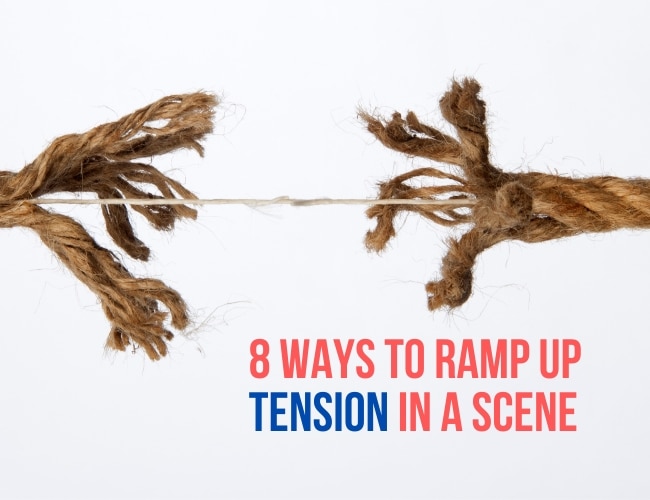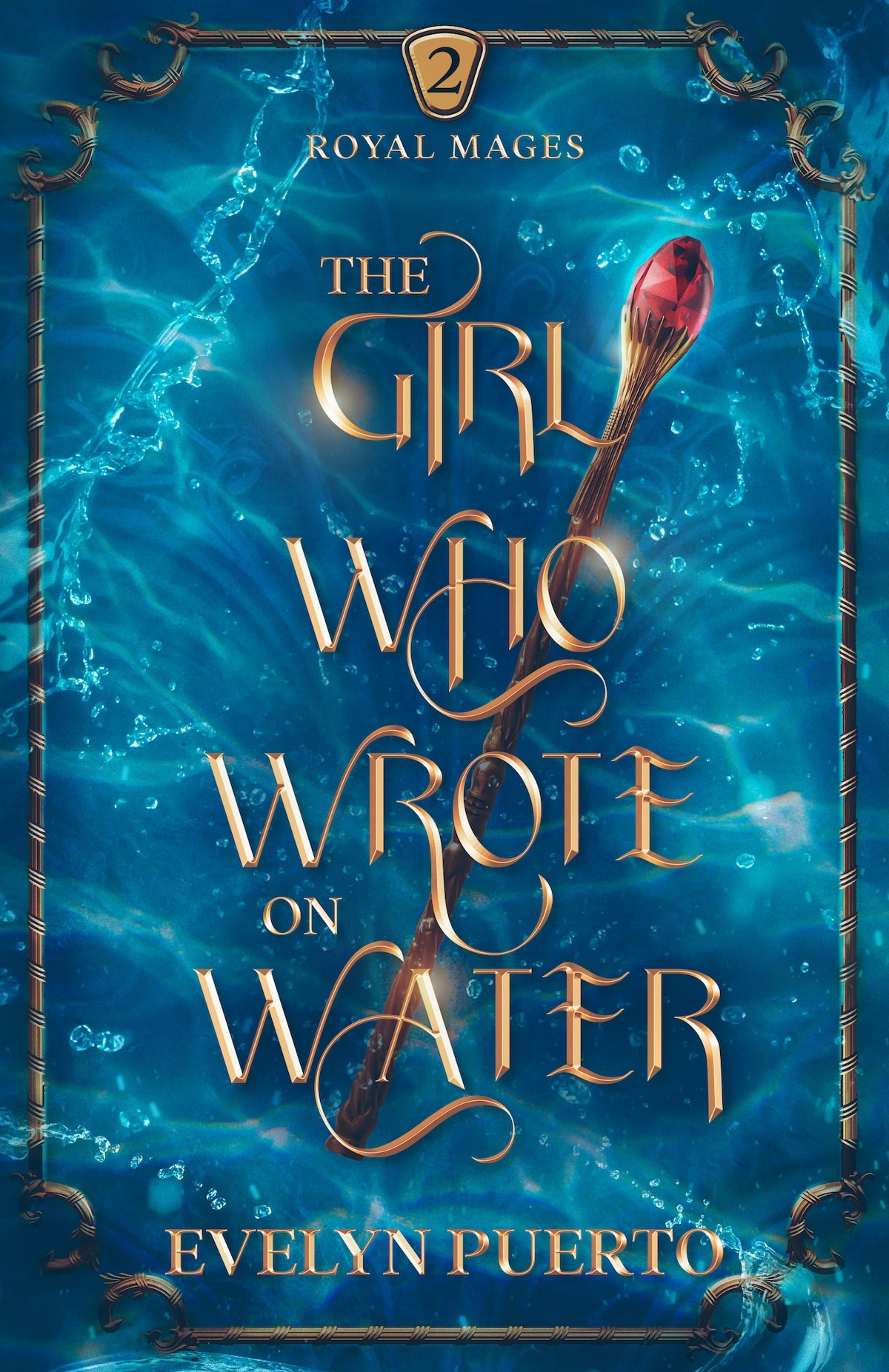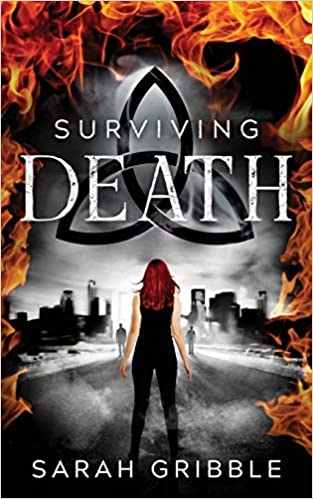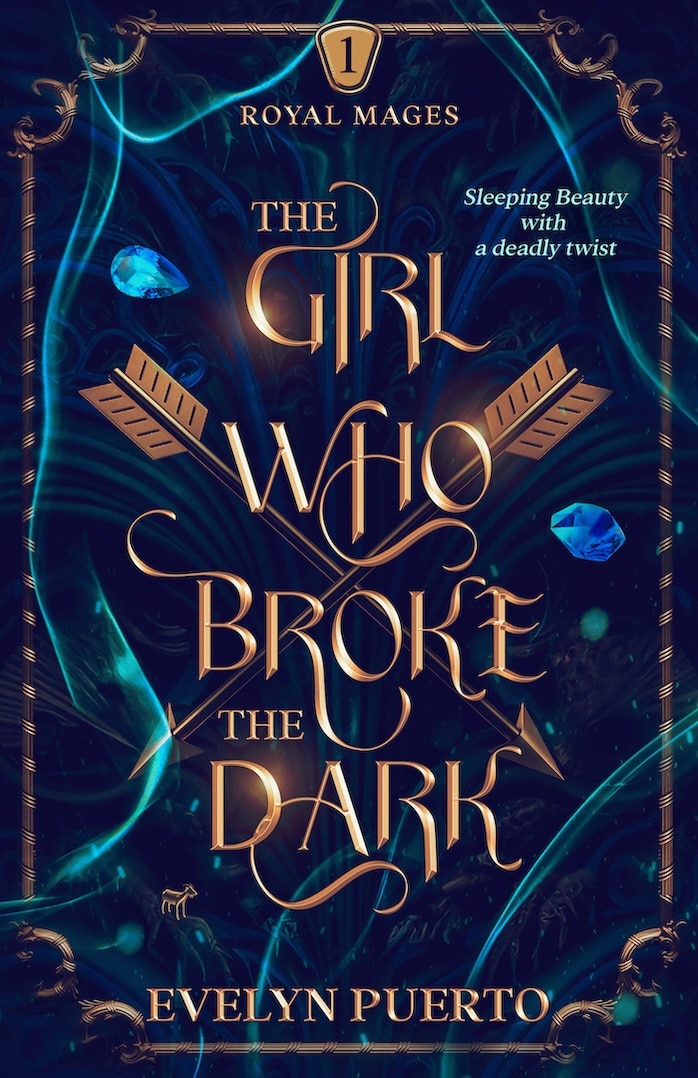
by Joslyn Chase |
Imagine attending a football game with no rules. I don’t know about you, but there’s a limit to how excited I could get about watching a bunch of men run around with no particular aim in mind. Really, except for the tight pants, it would be pointless.
What makes the game worth watching is knowing your team has a goal, and knowing there’s an opposing team aiming to stop them from achieving it. That’s what pulls you to the edge of your seat, screaming and pumping your fist in the air.
It’s the same when you read fiction. If the writer hasn’t told you how to keep score, you have no way of knowing whether the characters are drawing nearer or farther from accomplishing their goals, and little reason to care.

by David Safford |
Writing your story’s climax isn’t easy. And even when you outline it properly, including a great villain and a high-stakes task, putting it all into words can be quite a challenge. Perhaps the most challenging part of it, though, isn’t getting the words down. It’s getting the right words down.
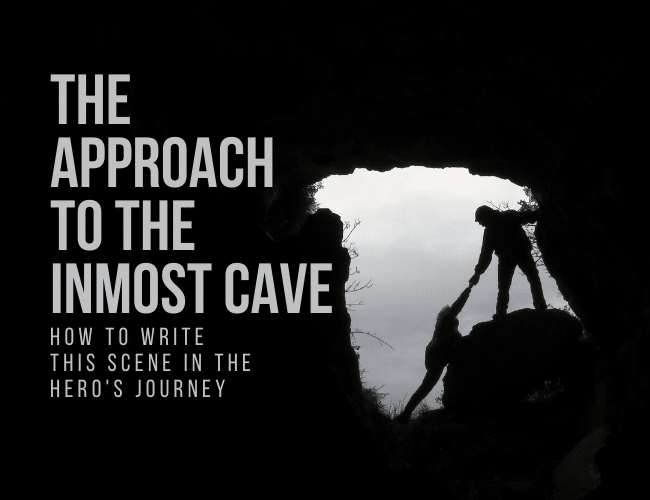
by David Safford |
Every great heroic story has that moment. It’s the deep breath before the plunge. The calm before the storm. The quiet before the calamity. In the Hero’s Journey, it’s the Approach before the Ordeal.
It’s an essential moment you need to plan for and build around as you draft your story. And to do it right, you’re going to need to figure out three key elements.
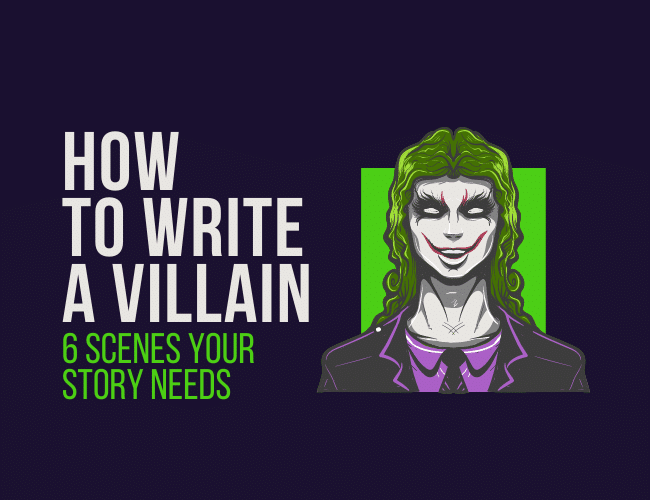
by Jeff Elkins |
Without the White Witch, Aslan is just a recluse lion. Without Moriarty, Sherlock is just a know-it-all in a weird hat. Without the Joker, Batman is just a rich dude with anger issues and too much time on his hands.
Our villains make our heroes. Without them, our heroes can’t shine. That’s why it’s important to give our villains scenes where they can wow us with their quirks and scare us with their ferocity.



